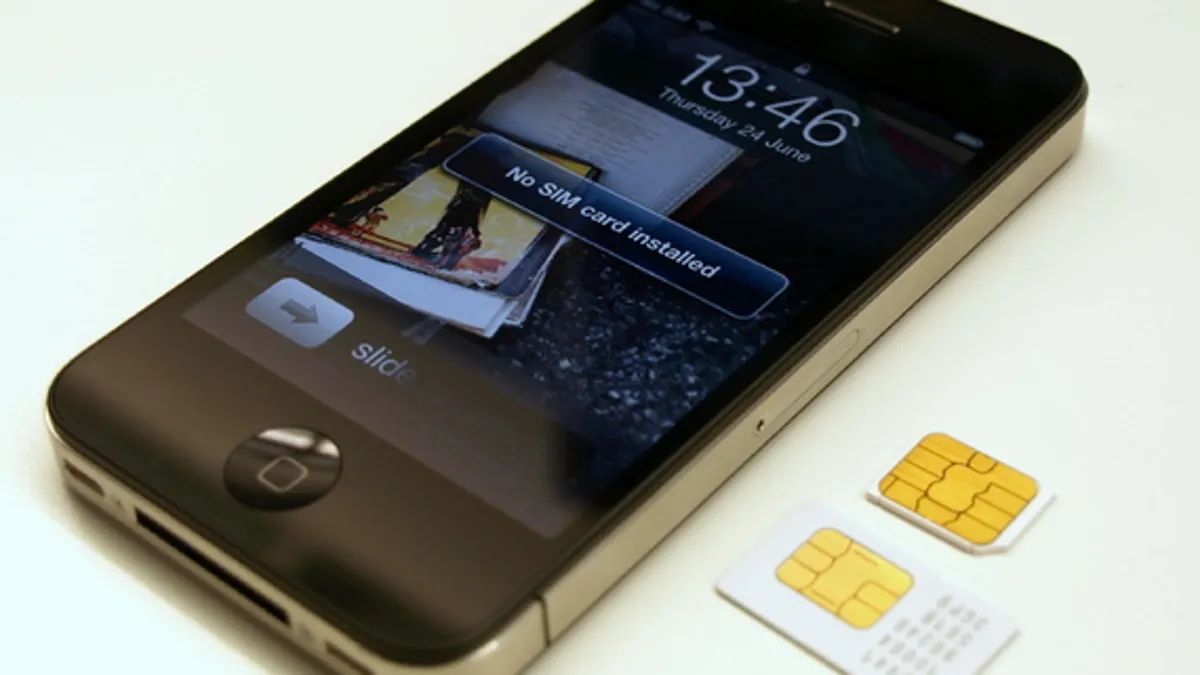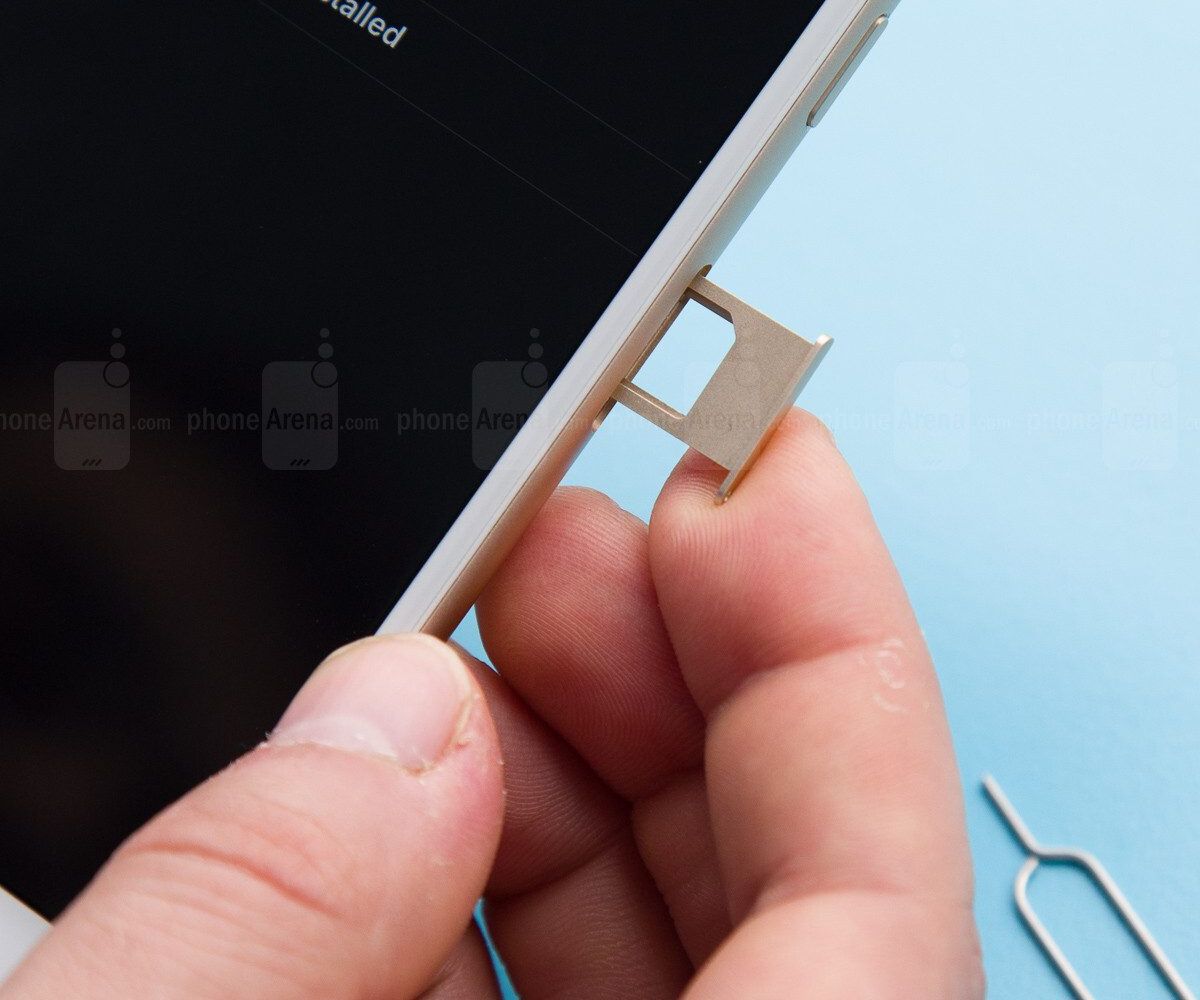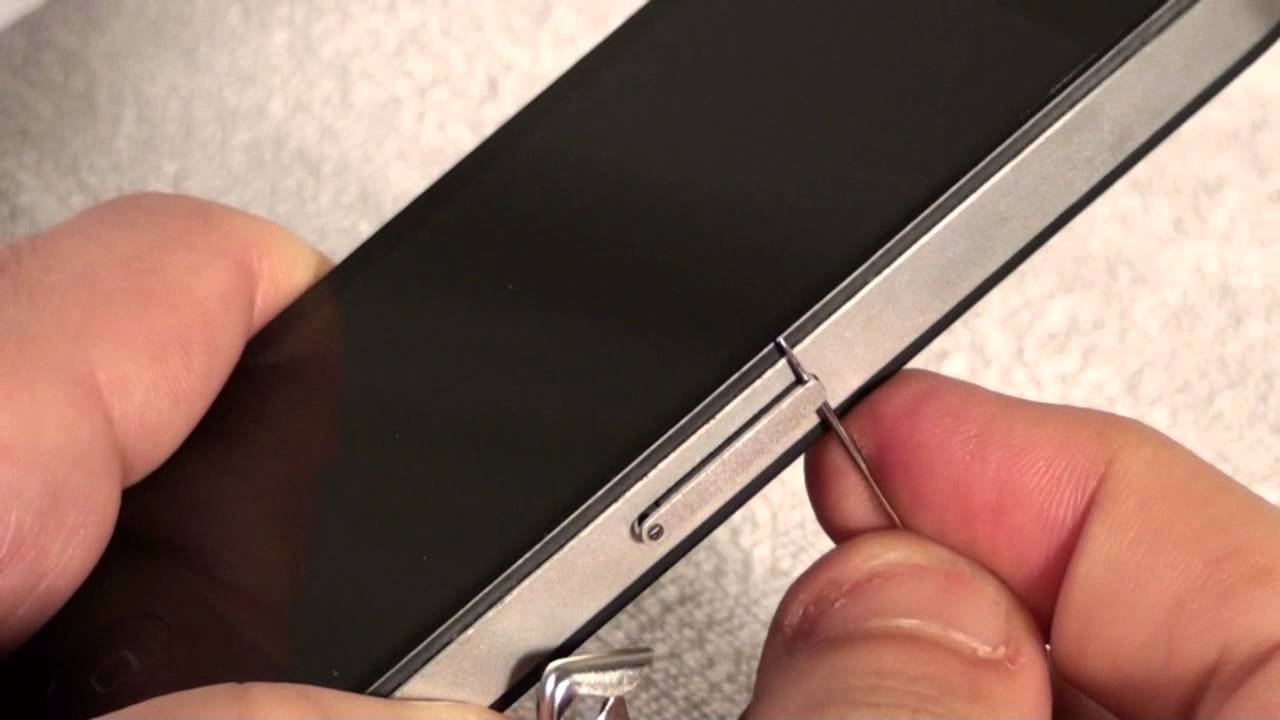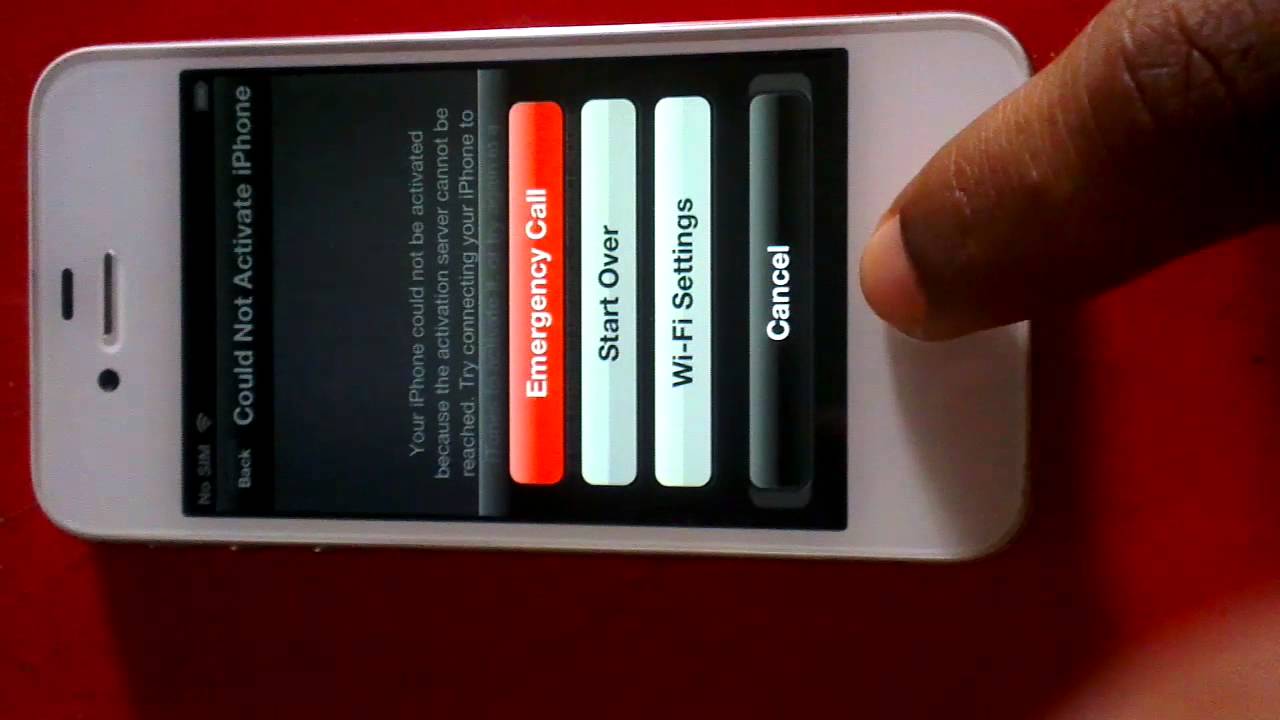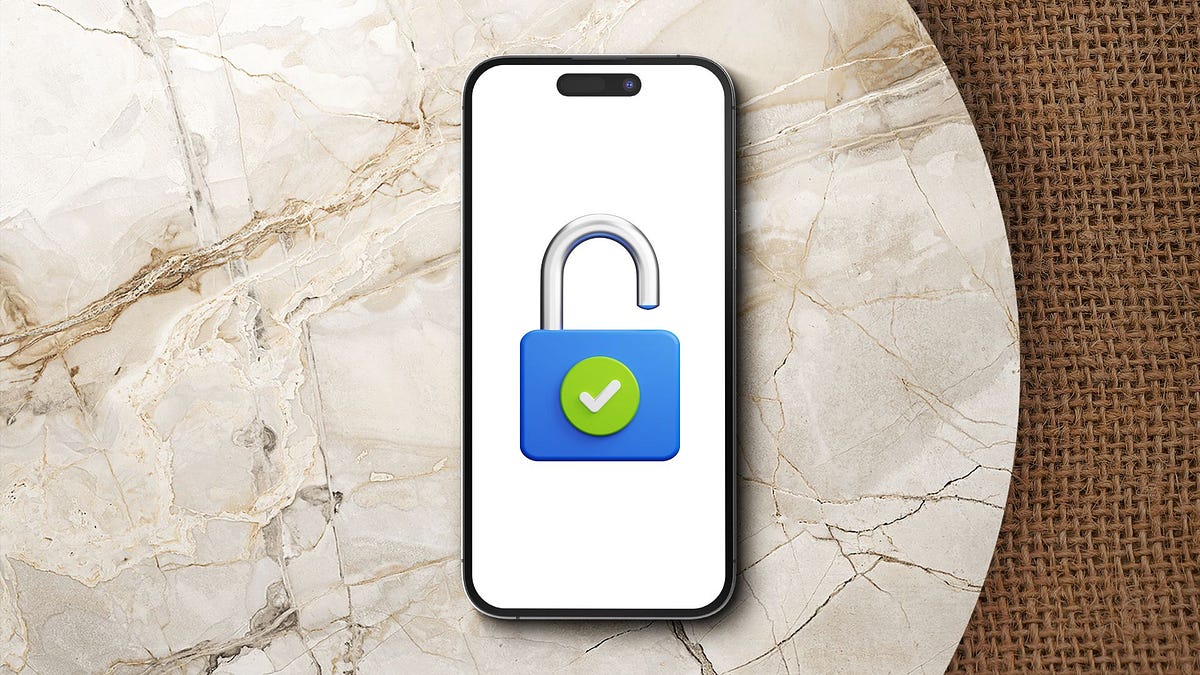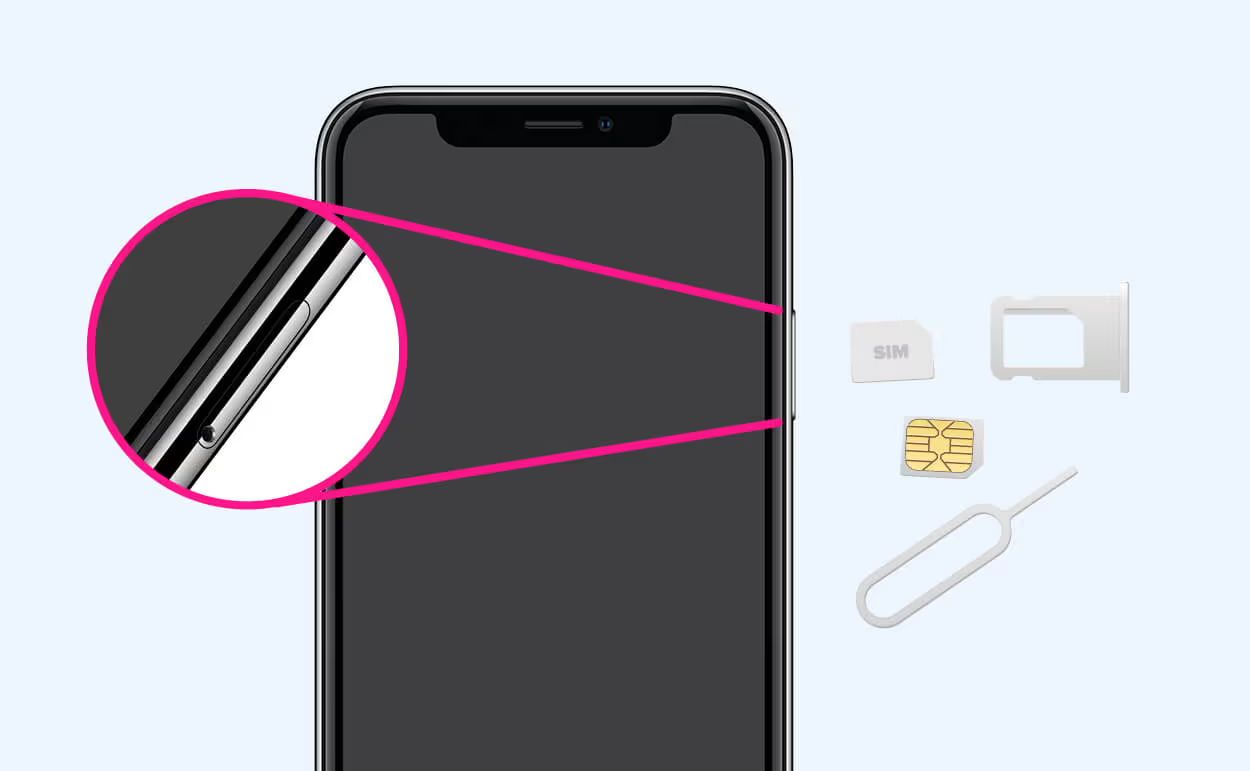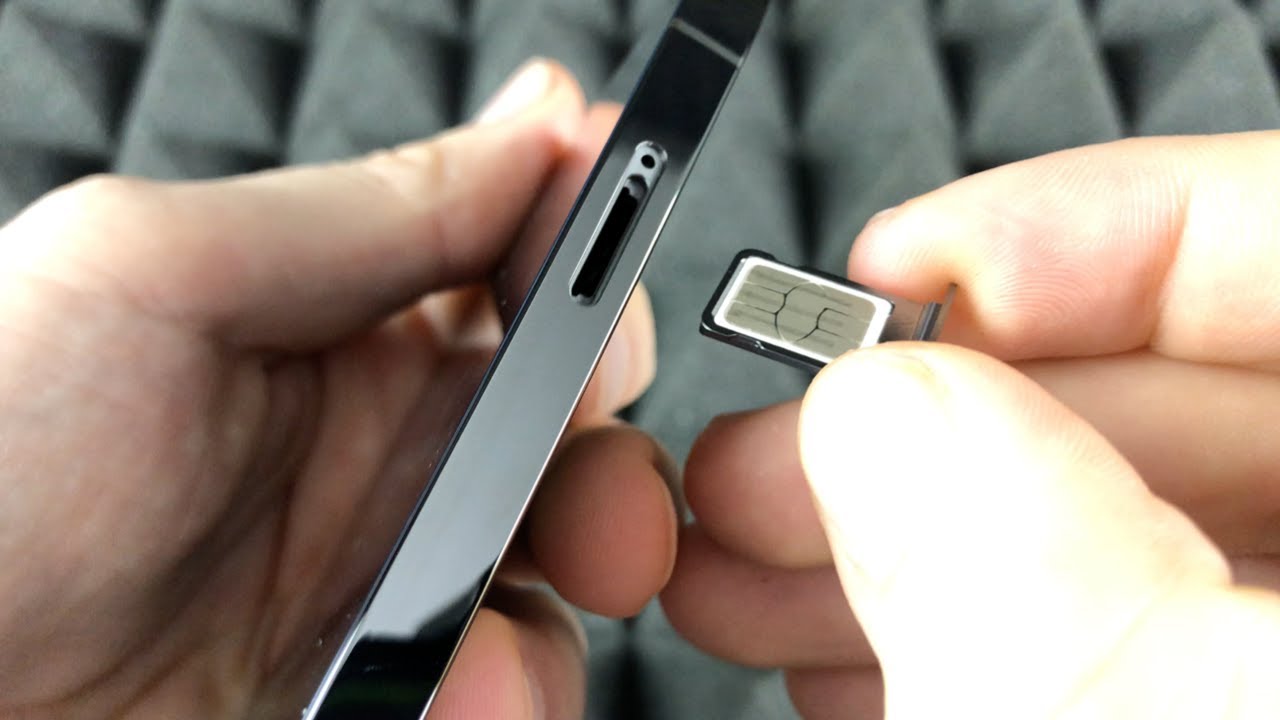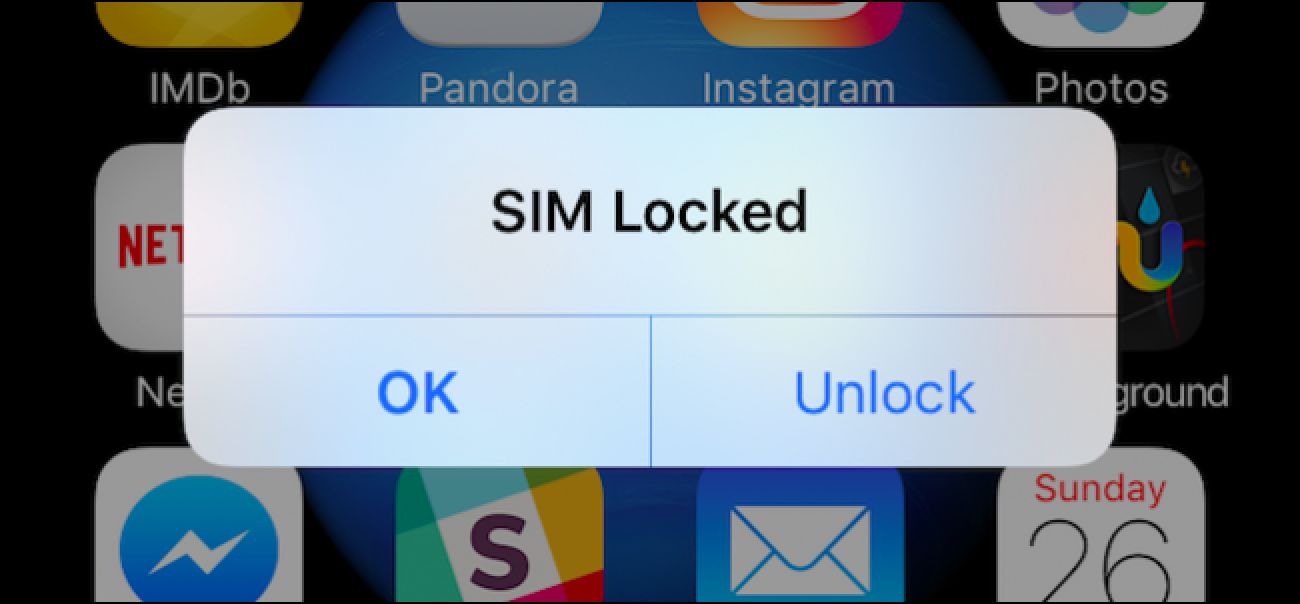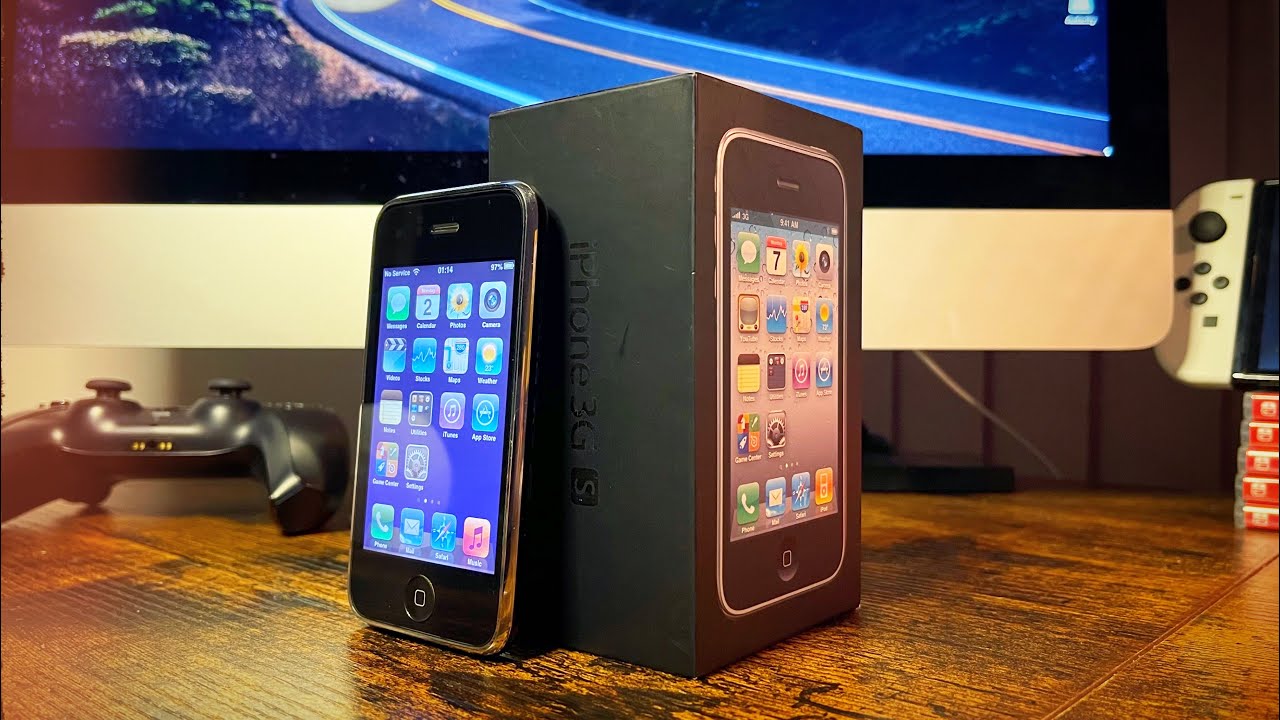Introduction
The iPhone 4S, a remarkable device that revolutionized the smartphone industry, continues to captivate users with its enduring appeal and functionality. As technology advances, it's essential to ensure that the iPhone 4S remains compatible with the latest network standards. One crucial aspect of this compatibility is the SIM card, a small yet pivotal component that facilitates communication between the device and the cellular network.
Understanding the intricacies of the SIM card for the iPhone 4S is imperative for maintaining seamless connectivity and maximizing the device's capabilities. This article aims to provide comprehensive guidance on identifying the compatible SIM card for the iPhone 4S, enabling users to make informed decisions and optimize their mobile experience.
By delving into the nuances of SIM card compatibility and addressing potential challenges, users can navigate the process with confidence and ensure that their iPhone 4S remains fully operational. Whether you're a long-time enthusiast of the iPhone 4S or a recent adopter, this article will equip you with the knowledge and resources to seamlessly integrate a compatible SIM card, thereby unlocking the device's full potential.
Understanding the SIM Card for iPhone 4S
The SIM (Subscriber Identity Module) card is a fundamental component of the iPhone 4S, serving as the gateway to cellular networks and enabling essential communication functionalities. This small, removable card is inserted into the iPhone 4S, allowing users to make calls, send text messages, and access mobile data services. Understanding the intricacies of the SIM card is crucial for optimizing the device's connectivity and ensuring a seamless user experience.
The iPhone 4S utilizes a micro-SIM card, a smaller variant of the traditional SIM card, which is specifically designed to fit into the device's compact form factor. This micro-SIM card houses vital information, including the user's unique subscriber identity, network authentication details, and contact information. By storing this data, the SIM card enables the iPhone 4S to establish a secure connection with the cellular network, granting users access to a wide array of communication services.
In addition to facilitating network connectivity, the SIM card plays a pivotal role in ensuring the security and integrity of the user's mobile communications. Through sophisticated encryption and authentication mechanisms, the SIM card safeguards sensitive information and verifies the user's identity when accessing cellular networks. This not only enhances the privacy and security of mobile communications but also empowers users to engage in seamless, reliable interactions through their iPhone 4S.
Moreover, the SIM card enables users to seamlessly transition between different network providers, a feature known as network interoperability. This flexibility empowers users to switch to a new network while retaining their existing device, offering unparalleled convenience and freedom of choice. By simply replacing the SIM card with one from a different network provider, users can effortlessly transition to a new service plan or explore enhanced coverage options, without the need to invest in a new device.
In essence, the SIM card serves as the linchpin of the iPhone 4S's connectivity, enabling users to harness the full potential of the device's communication capabilities. By comprehending the vital role of the SIM card and its impact on network connectivity and user experience, iPhone 4S users can make informed decisions regarding SIM card compatibility and activation, thereby optimizing their mobile communication experience.
Identifying the Compatible SIM Card
Identifying the compatible SIM card for the iPhone 4S is crucial for ensuring seamless network connectivity and optimal functionality. Given the specific requirements of the device, it is essential to procure a SIM card that aligns with the iPhone 4S's technical specifications and network compatibility.
The iPhone 4S utilizes a micro-SIM card, which differs in size from standard SIM cards. When identifying the compatible SIM card, it is imperative to acquire a micro-SIM that is expressly designed for use with the iPhone 4S. This ensures a precise fit within the device's SIM card slot, enabling users to establish a secure connection with their preferred network provider.
Furthermore, compatibility extends beyond physical dimensions; it encompasses network standards and technological specifications. When selecting a compatible SIM card for the iPhone 4S, users must consider the network bands and protocols supported by both the device and the network provider. This ensures that the SIM card is optimized for seamless communication and data connectivity, aligning with the iPhone 4S's capabilities.
To identify the compatible SIM card, users can consult their network provider's specifications or visit authorized retail outlets that offer SIM cards tailored for the iPhone 4S. Additionally, reputable online retailers and e-commerce platforms often provide detailed information regarding SIM card compatibility, empowering users to make informed purchasing decisions.
It is worth noting that the iPhone 4S is compatible with 3G networks, and as such, the selected SIM card should be optimized for 3G connectivity. By prioritizing compatibility with 3G networks, users can leverage the device's capabilities to access high-speed data services and enjoy a comprehensive mobile experience.
In summary, identifying the compatible SIM card for the iPhone 4S involves selecting a micro-SIM card tailored for the device's form factor and network compatibility. By prioritizing precise fit and adherence to network standards, users can ensure that their iPhone 4S remains seamlessly connected and equipped to deliver an exceptional communication experience.
Where to Purchase the Compatible SIM Card
When seeking to purchase a compatible SIM card for the iPhone 4S, users have several convenient options at their disposal. One of the most accessible avenues is through authorized network providers and their affiliated retail outlets. These establishments offer a diverse array of SIM cards tailored to specific devices, including the iPhone 4S. By visiting a network provider's physical store or authorized resellers, users can benefit from expert guidance and ensure the authenticity and compatibility of the SIM card with their device.
In addition to brick-and-mortar stores, users can explore online platforms to procure a compatible SIM card for their iPhone 4S. E-commerce websites, such as the official websites of network providers or reputable online retailers, offer a convenient and flexible purchasing experience. Through these platforms, users can access detailed product descriptions, customer reviews, and seamless ordering processes, enhancing the overall convenience of acquiring a compatible SIM card.
Furthermore, third-party retailers and electronics stores often stock a wide range of SIM cards, catering to various devices, including the iPhone 4S. These outlets provide users with the flexibility to compare different SIM card options, seek personalized recommendations from knowledgeable staff, and explore competitive pricing. By leveraging the accessibility and expertise offered by these retailers, users can confidently select a compatible SIM card that aligns with their specific network requirements and preferences.
Moreover, the aftermarket industry for mobile accessories and components presents an additional avenue for users to purchase a compatible SIM card for the iPhone 4S. Reputable aftermarket vendors and online marketplaces offer a diverse selection of SIM cards, allowing users to explore competitive pricing, bundled offers, and expedited shipping options. This enables users to make informed purchasing decisions while benefiting from the convenience of doorstep delivery.
Ultimately, the availability of compatible SIM cards for the iPhone 4S across various retail channels empowers users to select the most suitable option based on their preferences, budget, and convenience. By leveraging the accessibility and expertise offered by authorized network providers, online platforms, third-party retailers, and aftermarket vendors, users can seamlessly procure a compatible SIM card, thereby ensuring optimal connectivity and functionality for their iPhone 4S.
Activating the SIM Card for iPhone 4S
Activating the SIM card for the iPhone 4S is a pivotal step in harnessing the device's full potential and ensuring seamless connectivity. Upon acquiring a compatible micro-SIM card, users must proceed with the activation process to establish a secure and functional link between the device and their chosen network provider.
To initiate the activation of the SIM card, users can leverage various channels provided by network providers, including online activation portals, dedicated mobile applications, and customer service hotlines. These avenues offer a streamlined and user-friendly approach to activating the SIM card, empowering users to swiftly integrate the card with their iPhone 4S and commence utilizing network services.
When activating the SIM card, users are typically required to input essential information, such as the SIM card's unique identification number (ICCID) and the device's IMEI number. This data facilitates the association of the SIM card with the user's account and device, enabling the network provider to authenticate the connection and initiate service provisioning. By adhering to the activation guidelines provided by the network provider, users can expedite the process and swiftly transition to enjoying the full spectrum of communication services offered by their iPhone 4S.
Furthermore, users may encounter the option to personalize their service plan and explore additional features during the SIM card activation process. Network providers often present users with the opportunity to select service bundles, data plans, and supplementary features, allowing for a tailored and comprehensive mobile experience. By engaging with these customization options during the activation phase, users can align their service plan with their communication needs and preferences, thereby optimizing their utilization of the iPhone 4S.
Once the SIM card activation is successfully completed, users can verify the connectivity and functionality of their iPhone 4S by placing a test call, sending a text message, or accessing mobile data services. This validation process ensures that the SIM card is seamlessly integrated with the device, enabling users to engage in uninterrupted communication and data utilization.
In essence, activating the SIM card for the iPhone 4S is a straightforward yet pivotal process that empowers users to establish a secure and functional connection with their chosen network provider. By leveraging the activation channels provided by network providers and adhering to the prescribed guidelines, users can seamlessly integrate the SIM card with their iPhone 4S, thereby unlocking the device's full communication capabilities and embracing a comprehensive mobile experience.
Troubleshooting Common Issues with SIM Card Compatibility
Ensuring seamless compatibility between the iPhone 4S and the SIM card is paramount for uninterrupted network connectivity. However, users may encounter common issues that impede the successful integration of the SIM card with the device. By identifying and addressing these issues, users can overcome potential hurdles and optimize the functionality of their iPhone 4S.
One prevalent issue related to SIM card compatibility involves improper insertion or misalignment of the SIM card within the device's SIM card slot. This can lead to connectivity disruptions and error messages indicating a missing or invalid SIM card. To address this, users should carefully remove the SIM card, verify its alignment and cleanliness, and reinsert it into the designated slot, ensuring a secure and accurate fit.
Additionally, users may encounter compatibility issues stemming from an outdated or unsupported SIM card. As network technologies evolve, older SIM cards may lack compatibility with the iPhone 4S, resulting in connectivity issues and limited functionality. In such cases, users should consider procuring a new micro-SIM card explicitly designed for the iPhone 4S, ensuring adherence to the device's technical specifications and network compatibility requirements.
Furthermore, network authentication and provisioning issues can arise, hindering the successful activation and utilization of the SIM card. This may manifest as an inability to place calls, send messages, or access mobile data services. To troubleshoot this, users should contact their network provider's customer support to verify the activation status of the SIM card and ensure that it is correctly associated with their account and device.
In some instances, software-related anomalies within the iPhone 4S can impact SIM card compatibility, leading to intermittent network connectivity and service disruptions. Users can address this by performing a device restart, updating the device's software to the latest version, or resetting network settings to recalibrate the connection with the SIM card and the cellular network.
Moreover, physical damage or wear and tear to the SIM card itself can impede compatibility, leading to erratic behavior and connectivity issues. In such cases, users should consider replacing the SIM card with a new one to ensure optimal functionality and eliminate potential compatibility issues stemming from physical damage or degradation.
By proactively addressing these common issues related to SIM card compatibility, users can optimize the connectivity and functionality of their iPhone 4S, ensuring a seamless and reliable mobile communication experience. Through careful troubleshooting and adherence to best practices, users can overcome potential hurdles and harness the full potential of their device's connectivity capabilities.







